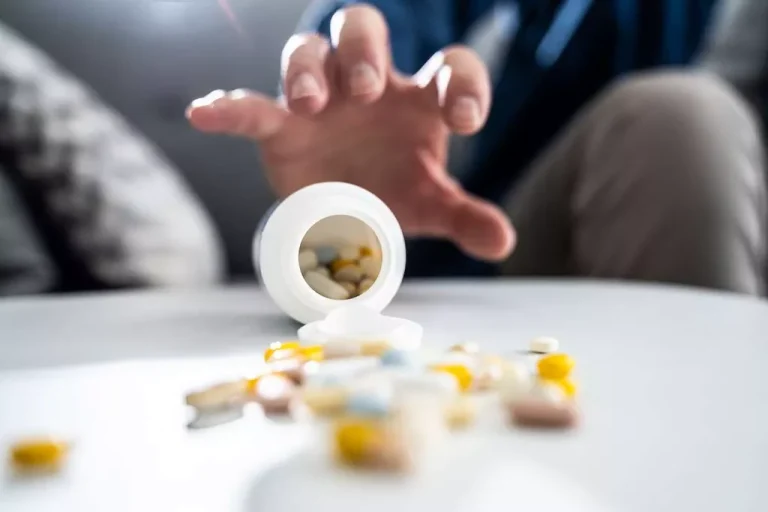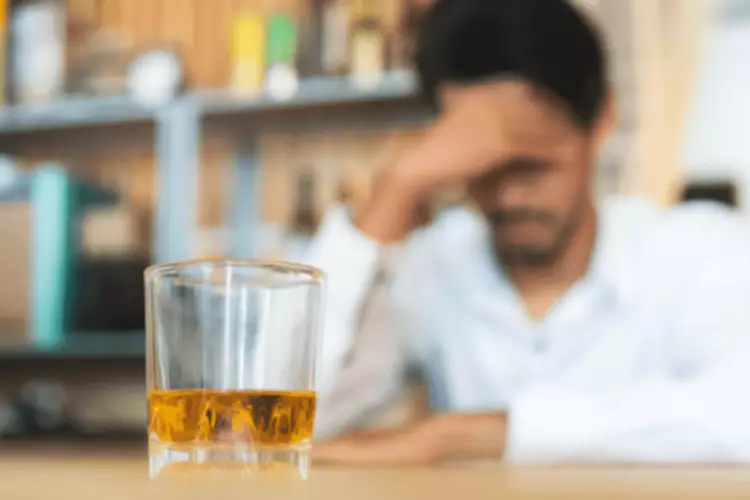
This technique involves running “a mental videotape” of the entire relapse process. It involves going through the process from start to finish and noting all the changes that would occur if you give into the temptation. Triggers can be anything from people, places, or objects that remind you of substance use. It’s important to know which triggers might cause you to relapse and come up with strategies for managing them. Keep a note of your therapist’s phone number, emergency contacts, and a concrete action plan in case you relapse. This plan might include asking your therapist for an emergency therapy session, visiting the emergency room, or enrolling in inpatient treatment again.

Relapse in Addiction: Definition, Stages, and Prevention Strategies

This includes the ability to recognize high-risk situations and avoid substance use. One of the most dangerous aspects of relapse is the increased risk of overdose. When https://ecosoberhouse.com/ people use alcohol or other drugs for a long period of time, they develop tolerance. That means they have to take higher doses of the substance to feel the same effects.

Leveraging Grounding Techniques
After all, relapse doesn’t mean you have failed; it means you need more support and treatment. If the temptation to use again becomes too overwhelming, don’t hesitate to seek professional help. Certified addiction specialists can guide your recovery and relapse prevention journey. Support groups also let participants collectively learn from substance abuse group topics. They offer a sense of belonging and understanding, often missing from other social circles.
Renewal Center for Ongoing Recovery

This connection between trauma and addiction makes it crucial to address both issues simultaneously. By addressing the trauma at its root, individuals are better equipped to prevent relapse and achieve lasting recovery. Empowering change from within, motivational interviewing has emerged as a transformative approach to addiction recovery, guiding individuals through the complex journey of overcoming substance abuse. This powerful technique, rooted in compassion and understanding, has revolutionized the way we approach addiction treatment, offering hope to those who may have felt lost in the throes of dependency…. Medication-assisted treatment (MAT) has shown promising results in reducing relapse rates, particularly for opioid and alcohol addiction. By helping to manage cravings and withdrawal symptoms, MAT can provide a stable foundation for recovery efforts.
What’s key is to recognize the early signs of relapse, so you can stop a backslide before it starts. As people progress through the stages of relapse, they exhibit various warning signs. By recognizing warning signs that you or a loved one may be headed for relapse, you can take steps to prevent it from occurring. It usually begins weeks or months before a person slips for the first time.
Discussions often revolve around dealing with everyday situations without turning to substances. 12-step programs, such as Alcoholics Anonymous (AA), Cocaine Anonymous (CA), and Narcotics Anonymous (NA), provide additional guidance and support for people in recovery. Besides signing up for recovery programs, keeping track of your progress is also integral to maintaining sobriety. Relapse prevention workbooks provide convenient ways for you to perform self-evaluations and assessments. Relapse prevention group activities can be a cornerstone in the journey to recovery.
- They live with spouses who use or drink, or they keep the same group of friends.
- However, relapse can be an opportunity to reset, develop clear needs and goals, and continue.
- Certified addiction specialists can guide your recovery and relapse prevention journey.
- This guide provides information on preventing and managing cocaine relapse.
- They can guide you on how to gradually reduce your dose to prevent negative side effects.

They live with spouses who use or drink, or they keep the same group of friends. In some situations, people must end relationships with others to fully recover and live healthy lives. For example, they may attend clinics that provide detox but not therapy. In many cases, 30 days of residential treatment and multiple months of therapy are required to prevent relapse.
This can mean being surrounded by supportive loved ones, going to counseling regularly, or attending a peer support or 12-Step group. Isolating oneself from these support resources can put one at a greater risk for relapse. Perhaps the most glaring warning sign is if an individual in recovery starts to doubt the effectiveness of the recovery process. For someone struggling with a substance abuse problem, maintaining sobriety is often an everyday challenge.
- There are different models and techniques to include in your relapse prevention plan.
- When comparing an opioid relapse with other drug relapses and overdoses, it’s important to understand a few things.
- It’s also necessary to schedule regular opportunities for fun.
Risk factors
The findings revealed that among the participants, 298 individuals (88.9 percent) had encountered childhood adversities, with 44.4 percent of them reporting more than five childhood traumas. Notably, relapse was observed in 40.9 percent of the participants, while an extended hospital stay was recorded in 71.1 percent of cases. Predictors for prolonged hospitalization included experiences of emotional relapse prevention abuse, substance use, and residing in rural areas. Evidence-based treatment approaches form the foundation of effective addiction care. Cognitive-behavioral therapy, motivational interviewing, and contingency management have all shown promise in helping individuals develop the skills and mindset necessary for sustained recovery. Interestingly, the duration of sobriety itself impacts relapse rates.
- They may change your medication, increase your current medication dose, or provide new coping strategies during therapy.
- They recognize that they can’t have one drink or let their guard down for a single day.
- Dry drunks, for example, are sober people in recovery who continue to engage in risky behaviors that increase their risk for relapse.
- The American Society of Addiction Medicine (ASAM) defines relapse as the recurrence of behavioral or other substantive indicators of active disease after a period of remission.
- Not least is developing adaptive ways for dealing with negative feelings and uncertainty.
Identify Triggers
If you don’t think 911 is necessary, contact a sponsor, therapist or loved one you trust who can get you help. If you or someone you know experiences a relapse, there are things that you can do to cope and get help. A relapse may look different for each person, depending on how much they use and the circumstances surrounding the relapse. When an addicted person acts on their craving, a surge of neurotransmitters causes them to feel pleasure.
